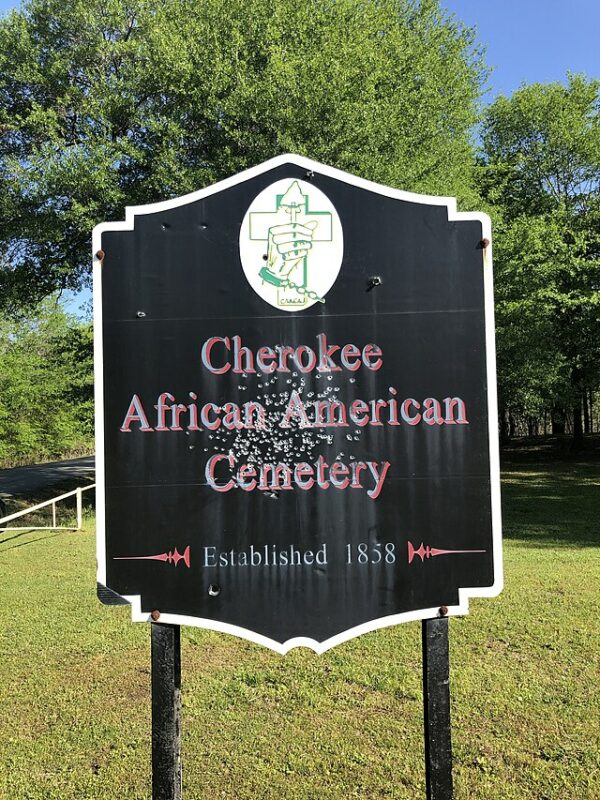On November 15, 1842, before dawn at Webbers Falls in the Cherokee Nation, a group of enslaved men, women, and children made a collective decision that would reverberate across Indian Territory. They locked their Cherokee owners in their homes, seized guns and ammunition, gathered horses, mules, and supplies, and headed south. Their destination was Mexico—an abolitionist republic that, in their minds, marked the boundary between bondage and the faint possibility of a different life.
Most of the fugitives had been enslaved on the vast plantations of the Cherokee elite, families like the Vanns and the Rosses, who in the decades before the revolt had embraced the full architecture of the Southern slave economy. Cotton fields, manor houses, and dozens of enslaved laborers had become the material symbols of status, and many of the Black people driven west during the Trail of Tears found themselves forced into new labor regimes on those estates. By the early 1840s, slavery was deeply entangled in the political and economic life of the Cherokee Nation.
The uprising at Webbers Falls was not spontaneous. It was a coordinated escape executed with precision. Once free of immediate pursuit, the fugitives navigated the network of trails leading through the patchwork of Native nations in what was then Indian Territory. Their plan demanded speed and endurance: cover hundreds of miles, avoid slave catchers, cross the Red River into the Republic of Texas, and then push on toward the Mexican border. As they traveled, their numbers grew. In the Creek Nation, enslaved men and women slipped away from plantations to join them, transforming the band into a mobile community—armed, organized, and moving with a shared sense of purpose.
Somewhere in the Choctaw Nation, the group encountered two slave catchers escorting an enslaved family back toward their owners. The fugitives killed the men and freed the family, who joined the southbound column. In that moment, flight became open resistance: an assertion that their journey to freedom did not end with their own escape.
News of the uprising traveled quickly back to Cherokee authorities. Slaveholders understood the danger such an event posed. If one group could organize and make a run for Mexico, others might soon follow. Two days after the revolt began, the Cherokee National Council authorized Captain John Drew to raise a militia company to pursue and recapture the fugitives. The order made clear that the Nation would bear no responsibility if the runaways were killed while resisting. The U.S. Army at Fort Gibson supplied Drew with gunpowder, underscoring how seriously both the Cherokee government and federal officers took the threat of a mass escape.
The pursuit dragged on for nearly two weeks. Smaller Cherokee and Creek patrols clashed with the fugitives along the way, killing or capturing some, but the main group pushed south, covering nearly 300 miles over rough terrain. On November 28, Drew’s militia finally caught up to them north of the Red River. Exhausted, starving, and surrounded, the fugitives surrendered without a fight. They were marched back in chains to their Cherokee, Creek, and Choctaw owners.
Retribution followed quickly. Five enslaved men were executed for the killings of the slave catchers, their deaths intended to extinguish any thought of further uprisings. At the political level, the Cherokee Nation responded with harsher laws: strengthening slave patrols, organizing a formal slave-catching company, and expelling most free Black people from the Nation on the grounds that they threatened the social order.






